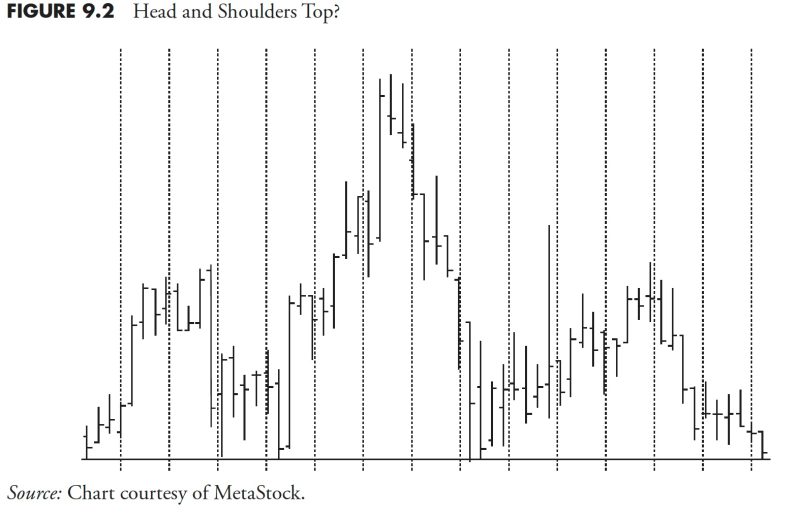Body:
There’s no denying the critical role that market research and analysis play in decision-making for successful investments and trading. At the core of these methodologies lies a fundamental aspect: technical indicators. These tools can help traders and investors interpret market data and predict future price trends.
Technical indicators are typically used as visual aids to guide the understanding and interpretation of chart patterns. They work by analyzing historical market data, such as price and volume and are largely mathematical calculations. Hence, it is paramount to learn how to use these indicators to make informed decisions.
First off, there are trend indicators, also known as trend-following or lagging indicators. These are primarily used to identify the direction of a current price trend, including whether it’s an uptrend, downtrend, or sideways trend. Moving averages and Bollinger Bands are well-known examples of trend indicators. Moving averages reveal the average price of an asset over a certain period, smoothing out minor fluctuations to make long-term price trends clearer. On the other hand, Bollinger Bands comprise a middle band (a simple moving average) with two outer bands calculated by standard deviation.
Next, we have volume indicators that show the total quantity of trading activity or volume in a certain period. Volume indicators help signal the strength of a price move as price movements accompanied by high volume are considered more significant than the ones with low volume. Examples include Chaikin Money Flow (CMF), On-Balance Volume (OBV), and Volume-rate-of-change (VROC).
Another type of technical indicator is known as momentum indicators, or leading indicators. These reveal how strong a price trend is and whether it’s likely to continue. They can also signal overbought or oversold conditions. The Relative Strength Index (RSI), Stochastic Oscillator, and Moving Average Convergence Divergence (MACD) fall into this category.
However, it is essential to remember that the usage of technical indicators is not an exact science. All indicators are inherently reactive and offer insights based on past market performance. Thus, they cannot guarantee future performance. Also, using technical indicators effectively requires practice and a thorough understanding of the indicator’s basis and function.
In addition, it is prudent to use these indicators in combination with other analytical methods such as Fundamental Analysis and Sentiment Analysis. A mixed methods approach ensures a more comprehensive view of the market, thus strengthening decision-making.
Furthermore, diversify the types of indicators employed for a more holistic view of the market. Each type of






























